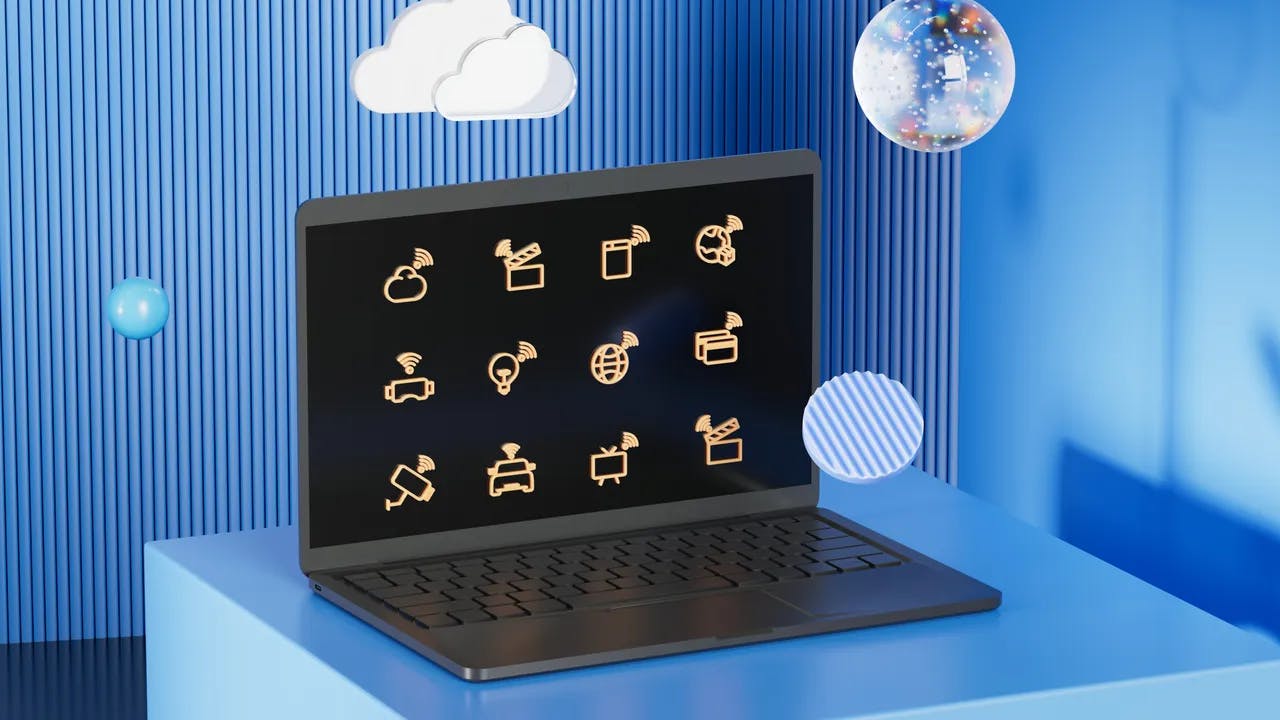Understanding the Basics of Sales Funnels for Web Design
Are you a web designer looking to boost your client's conversions and increase their sales? If so, then understanding the basics of sales funnels is crucial. A sales funnel is a strategic marketing framework that guides potential customers through a series of steps, ultimately leading them to make a purchase. In this blog post, we will delve into the fundamentals of sales funnels for web design and how you can leverage them to create highly effective websites that drive conversions.
What is a Sales Funnel?
A sales funnel is a visual representation of the customer journey from the moment they first interact with your website to the point of making a purchase. It is called a "funnel" because, just like a funnel, it narrows down as potential customers move through the various stages. The main stages of a typical sales funnel include:
-
Awareness: At this stage, potential customers become aware of your brand and the products or services you offer. This can be through various channels such as social media, search engines, or word-of-mouth.
-
Interest: Once potential customers are aware of your brand, they develop an interest in what you have to offer. They may start exploring your website, reading blog posts, or watching videos to learn more.
-
Consideration: In this stage, potential customers are evaluating your offerings and comparing them to competitors. They may sign up for a newsletter, download a free resource, or request a consultation to gather more information.
-
Decision: At this stage, potential customers are ready to make a purchase. They have weighed their options and are now deciding whether to buy from you or your competitors.
-
Action: The final stage of the sales funnel is when potential customers take action and make a purchase. This could be completing an online order, scheduling a service, or contacting your sales team.
The Role of Web Design in Sales Funnels
Web design plays a crucial role in guiding potential customers through the sales funnel and maximizing conversions. Here are some key elements to consider when designing a website that aligns with the stages of a sales funnel:
-
Clear and Compelling Messaging: Your website's messaging should clearly communicate your brand's value proposition and resonate with your target audience. Use persuasive copywriting techniques to capture their attention and highlight the benefits of your products or services.
-
User-Friendly Navigation: A well-designed website should have intuitive navigation that allows potential customers to easily find the information they need. Use clear headings, menus, and search functionality to make it effortless for visitors to explore your site.
-
Engaging Visuals: Incorporate visually appealing elements such as high-quality images, videos, and infographics to captivate potential customers and keep them engaged. Visual content can effectively convey information and evoke emotions, making it easier to guide visitors through the sales funnel.
-
Call-to-Action (CTA) Placement: Strategically place CTAs throughout your website to prompt potential customers to take the desired actions. Whether it's signing up for a newsletter, requesting a quote, or making a purchase, CTAs should be prominently displayed and visually distinct.
-
Responsive Design: With the increasing use of mobile devices, it's essential to ensure your website is responsive and optimized for various screen sizes. A seamless user experience across different devices will enhance engagement and increase the chances of conversions.
How to Optimize Web Design for Each Stage of the Sales Funnel
To effectively optimize your web design for each stage of the sales funnel, consider the following strategies:
Awareness Stage
- Create compelling landing pages that address the pain points of your target audience and offer valuable content in exchange for their contact information.
- Incorporate lead capture forms strategically to encourage potential customers to provide their email addresses or other relevant details.
- Use engaging visuals and persuasive copy to capture attention and encourage further exploration of your website.
Interest Stage
- Develop informative and educational blog posts, articles, or videos that showcase your expertise and provide value to potential customers.
- Implement a content marketing strategy that focuses on SEO optimization to increase organic traffic and attract potential customers who are actively seeking solutions.
Consideration Stage
- Showcase case studies, testimonials, or client success stories to build trust and credibility with potential customers.
- Provide detailed product or service information, including features, benefits, pricing, and any unique selling points.
- Offer free resources, such as e-books or whitepapers, that address common concerns or challenges faced by your target audience.
Decision Stage
- Display clear and compelling calls-to-action that guide potential customers towards making a purchase.
- Offer incentives or discounts to encourage immediate action and create a sense of urgency.
- Provide multiple payment options and a seamless checkout process to minimize any friction that could lead to cart abandonment.
Conclusion
Understanding the basics of sales funnels is essential for web designers who aim to create conversion-focused websites. By aligning your web design with the different stages of the sales funnel, you can guide potential customers through a seamless journey, ultimately increasing conversions and driving business growth.
Remember, web design is just one piece of the puzzle. A comprehensive marketing strategy that includes SEO, content marketing, and targeted advertising will further enhance the effectiveness of your sales funnel. Embrace the power of sales funnels in web design, and watch your clients' businesses thrive.
Additional Resources:
